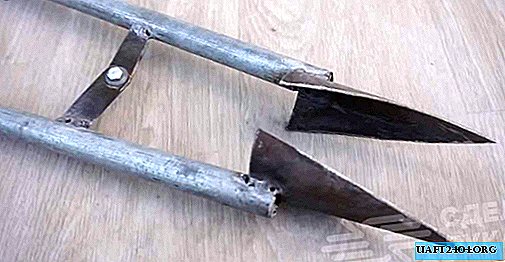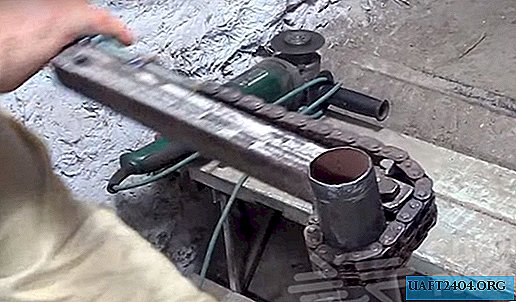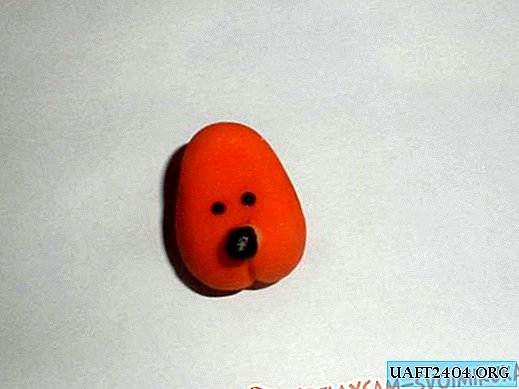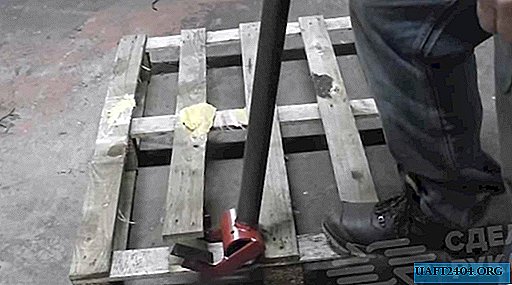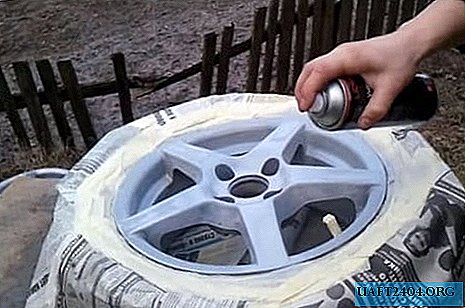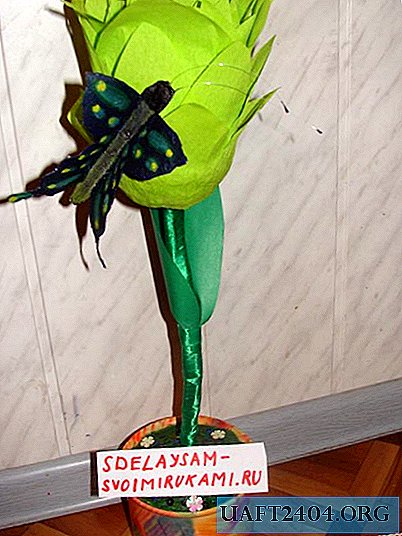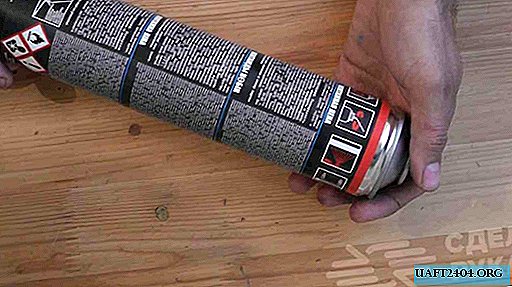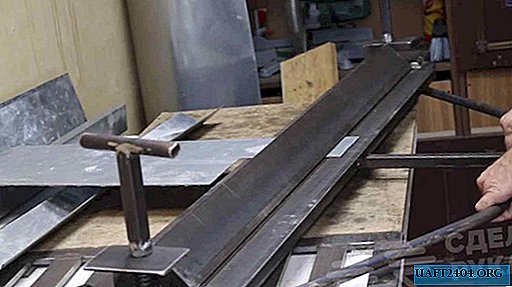Share
Pin
Tweet
Send
Share
Send
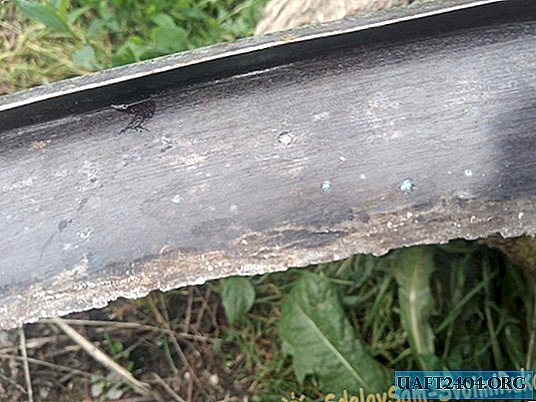
Braids can still be bought at hardware stores. But that she mowed it must be prepared in a special way - to repulse. This means that the cutting edge of the braid must be flattened so that it becomes thinner, and therefore sharper. Previously, my father had a special workplace near this barn. During the mowing, he beat the braids almost every day in the evening before morning mowing. Now this is not done so often, because there is no specially equipped place. My place is temporary, easily disassembled and assembled.
How to beat off a braid
First you need to take a stump, larger in diameter, better from hardwood: I had an oak. In the middle of the hemp, we slightly hammer the ax, old or new, sharp or dull - it does not matter. The ax will not suffer after the procedure of beating off braids, and can be used further for its intended purpose. In principle, if you are going to beat braids often and a lot, there’s a special device for this - the “grandma to beat braids”. Now it can also be bought, you can do it yourself from the old hammer. I also had a "grandmother", but due to the fact that the need to recapture the braids arises once or twice a year, she was lost. I bought a new one, and again lost it. And then I came up with the idea of using an ax for this purpose, it is always at hand and in work it is needed much more often.

The next step is to come up with a braid handle holder. In order for the braid to correctly fight off, her canvas should lie exactly on the "grandmother". For this purpose, in a barn doorway, I hung a rope weighing about 300-400 grams on a rope about 1.5 meters long. As a cargo, you can use any piece of metal, stone, a bottle of water, etc. In my case, I used old brake pads from a car.

Next, we equip the seat for our fifth point. I used for this trimming a wooden beam. The following options come to mind: another stump, an iron bucket inverted from the bottom up, any stool, etc. And we set the braid as follows: the braid’s canvas lies on the “headstock”, the end of the braid handle is fixed with a cord with a load.

Now we can proceed to the process of beating the braids. The scythe canvas, as I said earlier, should lie equally parallel to the surface of the “headstock”. Hold and direct the braid with your left hand. With our right hand we strike with the pointed part of the hammer along the cutting edge of the scythe in order to flatten it and make it thinner and sharper. In this case, two defects must be avoided: you do not need to flatten the edge and make a foil out of it, it will not last long, it will break off and mow will be bad; and it is not necessary to allow cracking of the metal, along the cracks the edge will break off, the cutting properties of the braid will deteriorate.

Result
In the photo you can see how the braid looks before beating and after beating. Immediately before mowing, the blade should be adjusted with a whetstone. In the process of mowing, it is also necessary to periodically sharpen the braid, carefully so as not to cut your fingers, having previously cleaned pieces of grass.

Even after beating, his father put the braid overnight in a bath of water. This was necessary so that it would not dry out, and the braid holder would not loosen, and it would not hang out.

Share
Pin
Tweet
Send
Share
Send

